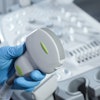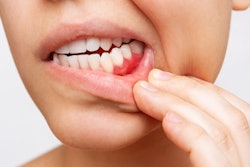Researchers at the Forsyth Institute have identified a new pathogen connected to severe early childhood caries (ECC). This research may offer the potential to intervene and halt the progression of the disease, according to the researchers.
Severe ECC, while strongly associated with Streptococcus mutans using selective detection methods, has also been associated with other bacteria using molecular cloning approaches. The aim of this study, which will be published in the April issue of the Journal of Clinical Microbiology,was to evaluate the microbiota of severe ECC using anaerobic culture.
Anne Tanner, BDS, PhD, senior staff member in the department of molecular genetics at the institute, and colleagues compared the microbial composition of dental plaque from 42 severe-ECC children with that of caries-free children. The major species associated with severe-ECC included Streptococcus mutans, Scardovia wiggsiae, Veillonella parvula, Streptococcus cristatus, and Actinomyces gerencseriae.
They found that the bacterium Scardovia wiggsiae was present in the mouths of children with severe ECC when other known pathogens such as Streptococcus mutans were not detected.
The bacterial species Streptococcus mutans is widely recognized as the primary pathogen in early childhood caries. However, it is also present in people without disease and is not detected in all cases of childhood caries. This suggests that other species such as S. wiggsiae are also disease-causing pathogens, Dr. Tanner noted.
"In my work, I have seen the tremendous public health impact of severe early childhood caries," Dr. Tanner said. "Understanding the causes of severe dental decay in young children is the first step in identifying an effective cure."



















